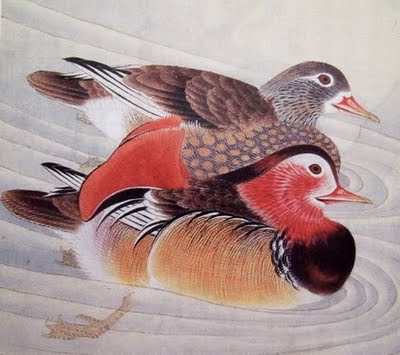Bird art of the Edo Period in Japan
8 beautiful birds in Japanese art.
A long time ago now I bought a book in a poky little bookshop in suburban Tokyo. I fell in love with that book because it was full of some of the most fabulous natural history illustrations I had ever seen. The artworks of such luminaries as John Gould and Audubon are well known, at least in the Western world, but the works of a number of dedicated and talented naturalists of Edo period Japan are not exactly celebrated outside of a small circle of enthusiasts.
It’s a shame because these woodblock prints and screen art are not only very aesthetically appealing but they are indicative of the advanced state of biological research in Japan during this period of relative peace and posterity. Around this time there occurred a boom in the study of medicinal plants, leading on to an increased interest in the natural world as a whole.
The Edo Period spanned from 1603 to 1868 and is known as the premodern era of Japanese history. It’s so named for the Japanese capital at the time, now known as Tokyo. Early in the Edo period a book known as the Kinmouzui (something like “The Book of Enlightenment) appeared in which 312 species of animal were illustrated, but they were idealized and not realistic. Then in about 1734 over a four to five year period, the Bakumei series (the Lifestyle of the Shogunate) appeared. This included the first systematic documentation of the Japanese living world and represented a complete survey of all known animal species in Japan. On top of this, there occurred a groundbreaking event for the Japanese art world when in 1731 the famous Chinese painter Shin Nan Bin arrived in Nagasaki for a two year stay. Apparently his influence was huge.
These events led to a boom in interest in the natural world amongst the intelligentsia and upper classes and more realistic depictions of wildlife, especially birds, insects, flora and marine life, began to appear.











As Japanese bird art lover I was delighted to see your post Susan – fantastic one!
thank you so much